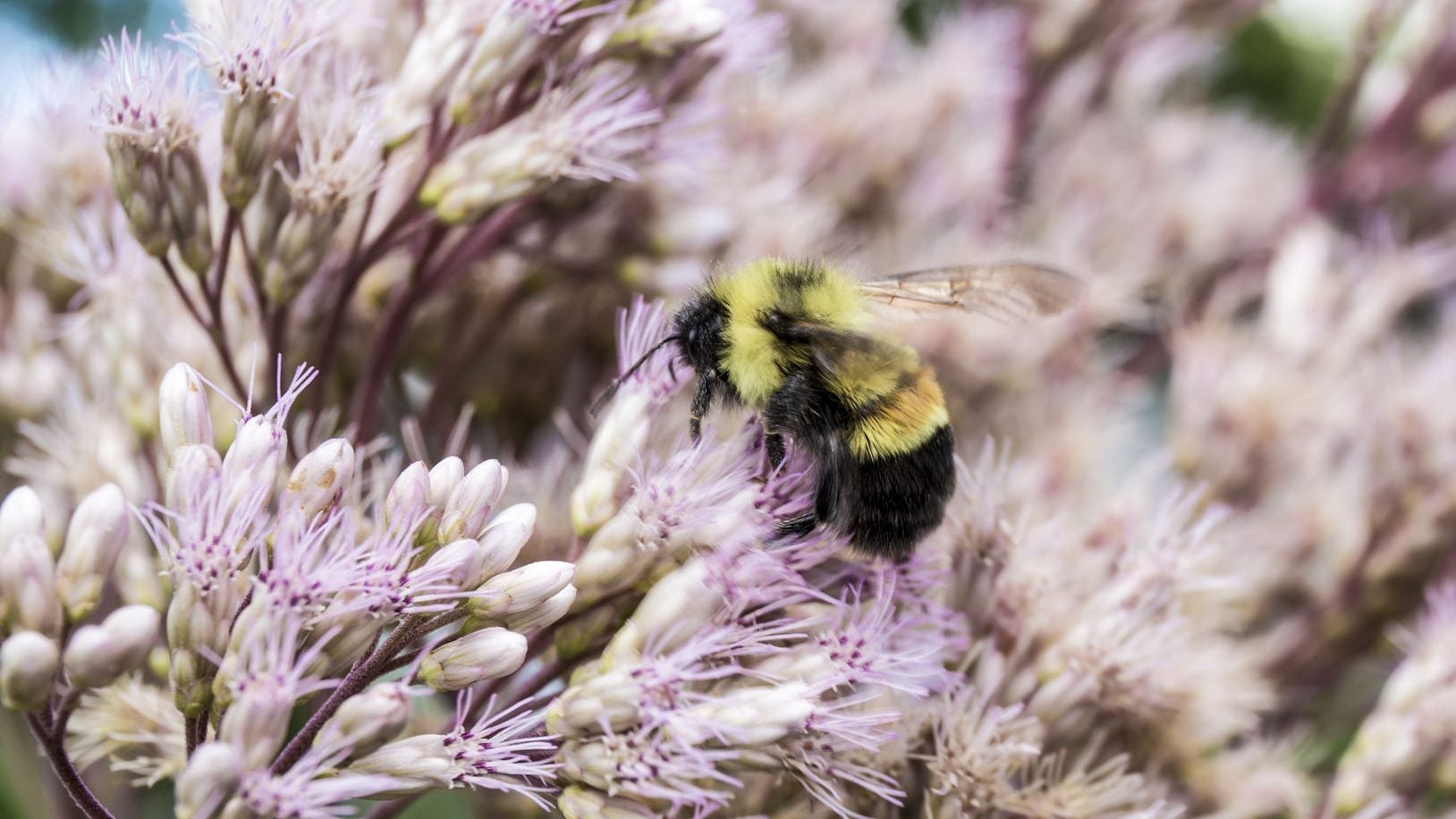Obama put bumblebees on the endangered species list—and Trump’s EPA is likely to let them keep dying
Spotting a common bumblebee in 2017 will feel a bit like spotting a bald eagle in the 1960s: a rare and precious glance at a species on precipitous decline. Nearly 90% of the population of rusty-patched bumblebees, once abundant in 28 states, has disappeared since the early 1990s. This week, the US Fish and Wildlife Service put the rusty-patched bumblebee, one of the most common American bumblebees, on its Endangered Species List. It’s the latest in a series of moves made by outgoing president Barack Obama and his cabinet to preserve his legacy on the environment, and the very first time a bumblebee has made it onto the list which once famously included the bald eagle.


Spotting a common bumblebee in 2017 will feel a bit like spotting a bald eagle in the 1960s: a rare and precious glance at a species on precipitous decline. Nearly 90% of the population of rusty-patched bumblebees, once abundant in 28 states, has disappeared since the early 1990s. This week, the US Fish and Wildlife Service put the rusty-patched bumblebee, one of the most common American bumblebees, on its Endangered Species List. It’s the latest in a series of moves made by outgoing president Barack Obama and his cabinet to preserve his legacy on the environment, and the very first time a bumblebee has made it onto the list which once famously included the bald eagle.
But there’s a key difference between bumblebees and America’s national bird: The bald eagle was brought back from the brink and taken off the Endangered Species List in part because the US decided to ban the pesticide DDT, which was destroying the eagles’ food sources. But the bumblebee is unlikely to get thrown the same lifeline. Neonicotinoids, the class of widely-used agricultural pesticides many experts believe is helping decimate the bee population, are unlikely to be banned while Donald Trump and his cabinet are in office—even though the US Environmental Protection Agency is so, so close to regulating them for the first time.
Regulating chemicals is often a multi-year process of gathering evidence and expert opinion. The last stage in the process is to gather public comment. Of the five types of neonicotinoids the EPA plans to regulate, four are scheduled for public comment this year, meaning they are not far from completing actual rules about the pesticides’ use.
But Myron Ebell, Trump’s pick to lead the EPA’s transition, directly opposes the regulation of neonicotinoids through the Competitive Enterprise Institute, a conservative policy group where Ebell serves as director of its Center for Energy and Environment. As Mother Jones pointed out, CEI runs a website called SafeChemicalPolicy.org, which denies that neonicotinoids could be doing any harm to bees, despite a growing pile of peer-reviewed evidence to the contrary.
Scott Pruitt, Trump’s choice to eventually head the EPA, has (unsuccessfully) sued the agency five times in efforts to stop regulations. In Oklahoma—where Pruitt served as a state senator from 1996 to 2006, and as state attorney general since 2010—there has been a higher rate of pesticide-related deaths and illnesses by far than any other state. The American Farm Bureau Federation, which opposes a ban on neonicotinoids, has loudly supported Pruitt’s nomination.
But without a neonicotinoid ban, it’s unlikely that the rusty-patched bumblebee, and other bee populations that pollinate US crops, will rebound from the catastrophic losses they’ve suffered in recent decades. Really, if Trump is as pro-business as he claims, he’d make an effort to do something about it; pollinating bees are key to the survival of an estimated $15 billion-worth of US crops each year.
Image by Tony Ernst on Flickr, licensed under CC-BY-NC-SA 2.0.